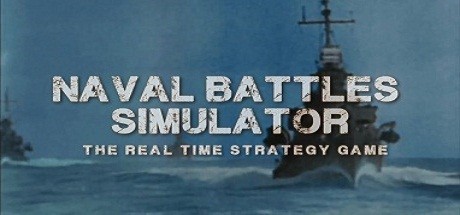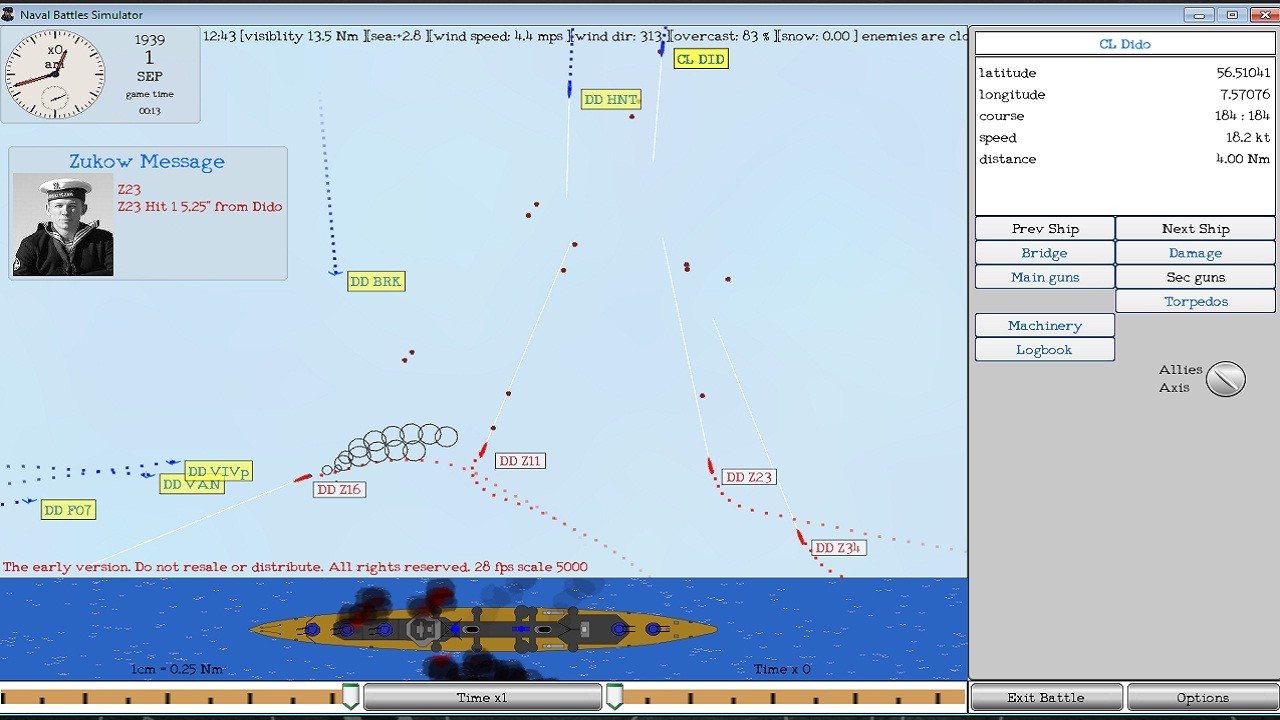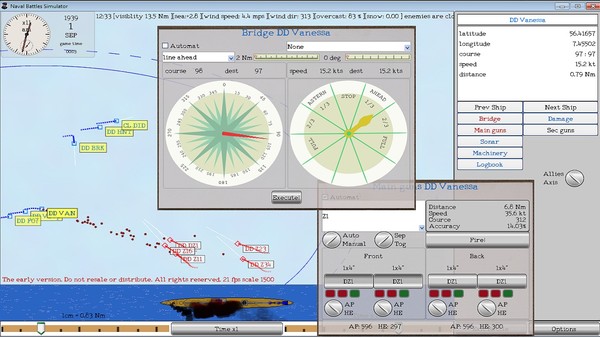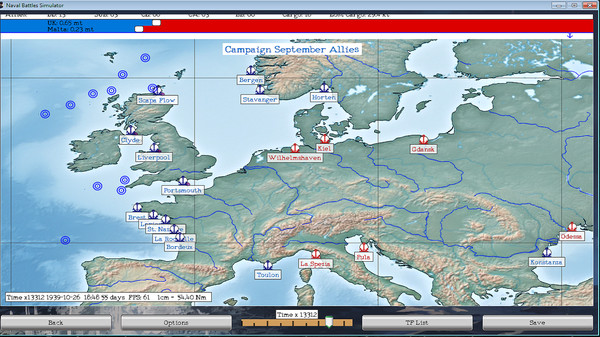NEVSKY
FROM
GMT GAMES
I love the confident, bold, single word title: Nevsky, as if that says everything. If you're like me, it means only two things - a film and the Battle on the Ice and I only originally knew about the latter because of the former!! I'd have been hard pushed to say who was fighting whom or who won or exactly when and why.
So, now's your chance to find out and explore the conflict through what is intended to be a new series. For the moment, I'll just establish that the period is mid C13th and the Teutons are squaring up against what the game calls the Rus!
This first in the Levy & Campaign series is the brain child of the outstanding designer, Volko Ruhnke. Being an admirer of his COIN series and of his input into official scenarios for several highly regarded games in my collection, I was immediately drawn to know more. I was also aware that this was highly unlikely to be a light beer & pretzels game.
Tied in to all those preconceptions was the knowledge that with this being a GMT presentation, I could also expect a Rolls Royce standard of components. So, it was with high expectations that I did my initial unboxing of my review copy from Asmodee UK - to whom many thanks for this opportunity.
There's a substantial content and this photo does not give any idea of what it all looks like when spread out on my table In fact, the rule book even goes so far as to provide two diagrams for how to layout the game to cater for different shapes of table tops. As far as I know that's a first! Visually this is a WOW factor 10! Oh and another extra that I'll always go for are player screens for an added dose of hidden knowledge.
A beautiful mounted mapboard contains a stylish geographically based playing area and surprisingly large turn calendar and is that needed. Twelve 5"x5" thick cardboard mats, wooden pieces [122 in total and a very familiar component in any Volko Ruhnke design] and three sheets of equally splendid counters and markers - the latter play a variety of functions in the game and include a section purely for those who might prefer them to using the wooden pieces. Both look the part in play, but the latter do have a certain lure that's hard to resist; still, it's a pleasure to be given the choice.

Stylish mounted mapboard with substantial turn calendar
As you delve deeper into the box you'll find the obligatory sets of cards - four decks of 21 cards apiece. a battle/storm mat, a range of very colourful cardboard play aids with a wealth of detail, 6 chunky D6, a substantial rule book naturally and an even more substantial 48 page Background book. The latter is a familiar item too in so many GMT games, though usually under the title Playbook.

Love the front cover illustration
I find these Playbooks invaluable and this one for Nevsky is perhaps the most useful and compendious of all in every way. There is the obligatory example of play which here is 15 pages long and did it help me. This is followed by a Campaign Synopsis and historical biographies of the many figures involved in the game. Next comes 14 pages of analysis of each sides Art of War decks, giving tips on usage and historical background for every card. That's an undertaking just in itself! It ends with two pages of Design Notes and two pages of Selected Sources. Sit back, read and digest. Beware indigestion! Among this mass of detail is tucked in a single short paragraph entitled: Solitaire Nevsky. If your mind immediately leaps to BOTS - you're wrong.
Instead a simple statement begins the paragraph: "Nevsky includes no solitaire system, but a single player readily can handle both sides." I'd love to say I agree with this, because I did not have a chance to start playing Nevsky before the current world crisis consigned most of us to lockdown. But I have found getting to grips with this new system a major upward learning curve.
Just a swift glance at the main play aid tells you something of the learning task.
This, for example, is the inside of the 4 page spread for both players that explains: Commands, Forces, Strongholds, Battle and Storm and the detailed Sequence of Play. Each player also has a double-sided reference card detailing the Leaders and all relevant information in purely written form and then again on the other side in a more graphic display.
The amount of information to take in is large, but crowning that is the innovative nature of this game. Innovative in turns of mechanics and innovative in terms of what aspects have been chosen to concentrate on. Each turn has two parts the Levy and Campaign. The first part, the Levy, is the preparation that takes place before any Actions are carried out on the map, which is obviously when we move to the Campaign section.
The Levy
In a more conventional system this would probably equate to reinforcements. Here there's a fascinating range of functions. First of all historically we are dealing with a feudal world where Lords have to be drawn in to a conflict along with their vassals and would campaign for a limited duration before returning home. Based on this, the designer has set the duration of a turn as 40 days.
Consequently each player has to check which Lords are available now to be "recruited" and whether each Lord already on the mapboard is coming to the end of their period of service. So, we need inducements to continue, such as payment in coin or from loot garnered in previous turns. There's disbanding, sometimes temporary and sometimes permanent. There's Mustering and the need to levy transport. Can't be many games where you need to consider when do you need carts or sleds or is shipping going to be your requirement to navigate the waterways. These are not simple actions, but ones governed by a fairly deep set of rules. Get your decisions and choices wrong and you'll probably find your Campaign part of the turn ending in disaster.
These are just a few of the reasons that I am still finding that I'm feeling my way, because first you've got to take in the rules themselves and then how they intermesh - all with nothing like it before to guide you. This is all without having explored the decks of Art of War cards from which draws are made at the beginning of a turn. These can throw in abilities that may affect actions and decisions in the Levy or Campaign part of the turn.
As mentioned earlier there is a substantial 14 pages of the Background booklet devoted purely to these cards. Assimilating that help and information is a task in itself. Though I have done a degree of skimming through this material just for the pleasure of reading, so far, I've mainly dealt with the cards in terms of gameplay on a need to know basis i.e. as a card has been turned up in play I learn what I can do with it and read the tip on it in the background booklet. Hats off to any of you who become so familiar with this game that you can retain this extensive of information and build it into your play strategy.
Right you've got through your planning for action, so it's on to...
The Campaign
More novelty. This is where your Command cards come into play, as you build simultaneously with your opponent a stack of face down Command cards that is your PLAN. Here's where solo play really gets tough. The uncertainty of what your opponent has decided to do disappears, but fortunately it is a short process deciding the order of between 4 - 6 cards [depending on what Season the turn is]. It's both important and a very enjoyable part of the system, but I long for the time when I've got a live opponent sitting opposite me and I only need to handle my deck of cards. As the number of cards you can play also depends on the number of Lords available to be activated, one player's stack may be smaller than the other's. An excellent solution to this is that you add Pass cards so that both players have equal sized stacks.
Each player reveals a card alternately and chooses from a Command menu of Actions as to what the leader revealed does. A realistic touch is that in certain situations some choices aren't possible, but again this all adds to the complexity of learning, as do the rules for many of the Actions. March, Battle and Siege are the three main choices. Fairly obvious, but the execution isn't.
March involves several considerations including questions of transport and being laden or not.
Battle can be played out in two ways: either on the Battle Mat with just the Lords' wooden cylinder or by placing each Lord's Play mat into position on your table top. As you will need to refer to these anyway, I find it much easier to go for this second way of laying things out. Otherwise, you're constantly looking back and forth between the Battle Mat and the Lords Mats. Doubly a pain when playing solo.
Whether using card board units or wooden, I also like the layout of the Left Flank, Centre and Right Flank, plus rear Reserve when putting the Lord Mats in battle array. No simple totting up unit strengths and consulting a CRT [Combat Results Table]matrix. There's lots here too to take into account; possible sallies, routs and advances, flanking and initiative, archery steps and melee steps, conceding, hits, protection, losses and the effect on service. Obviously many games do take into consideration in one way or another some of these factors, but there's a lot of new thinking in their execution here. The same goes for Siege and Storm, the alternative to Battle.
Beyond these are other choices of Commands; Supply, plus Forage and Ravage, Sail and Tax and when the dust has settled and the Commands are done you're into Feed and Pay and checking for Disbanding. Just when you thought it was all over, depending on the Season, there may come thoughts of Plowing and Reaping and always Wastage. Many of these points are very short and easy, but you can see that there's a lot there and, I'll say again, lots of innovation.
Fortunately, there are 5 Scenarios: one short, two medium length and two longer length and THEN Scenario 6, the full-length Scenario of up to sixteen turns.
It's not for the faint-hearted. It's certainly one I judge is for the experienced gamer. I feel that I'm still a novice with this game and it makes me view many, if not all, of my COIN games as easier learning experiences. It's not a game that you can lift down from your shelf and get back into quickly after a period of time.
BUT it is engrossing, it is original in lots of good ways and it has taken me to a new history and concerns that I've rarely faced in a wargame before. It is a challenge.
I hope you've stayed with me to the end and these photos, but I didn't want to interrupt the details I've explored. Here's the set up for the first and shortest Scenario: Pleskau 1240. A mere two turns. I should point out that this does not show the decks of cards, nor the piles of wooden pieces or any of the other markers and counters that might be needed. But this should give you some idea of the foot-print needed on your gaming table
Here are the beautiful fronts of the decks of cards
and then a few examples of what's on the Arts of War cards
and finally the Command cards
A single sheet of the glorious counters
The fronts of the two player screens for an extra hidden factor
Assorted Play Aids













Follow Us